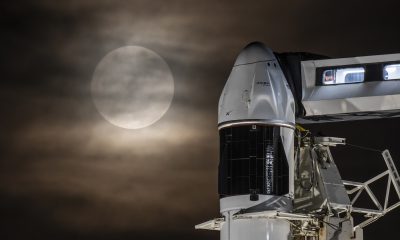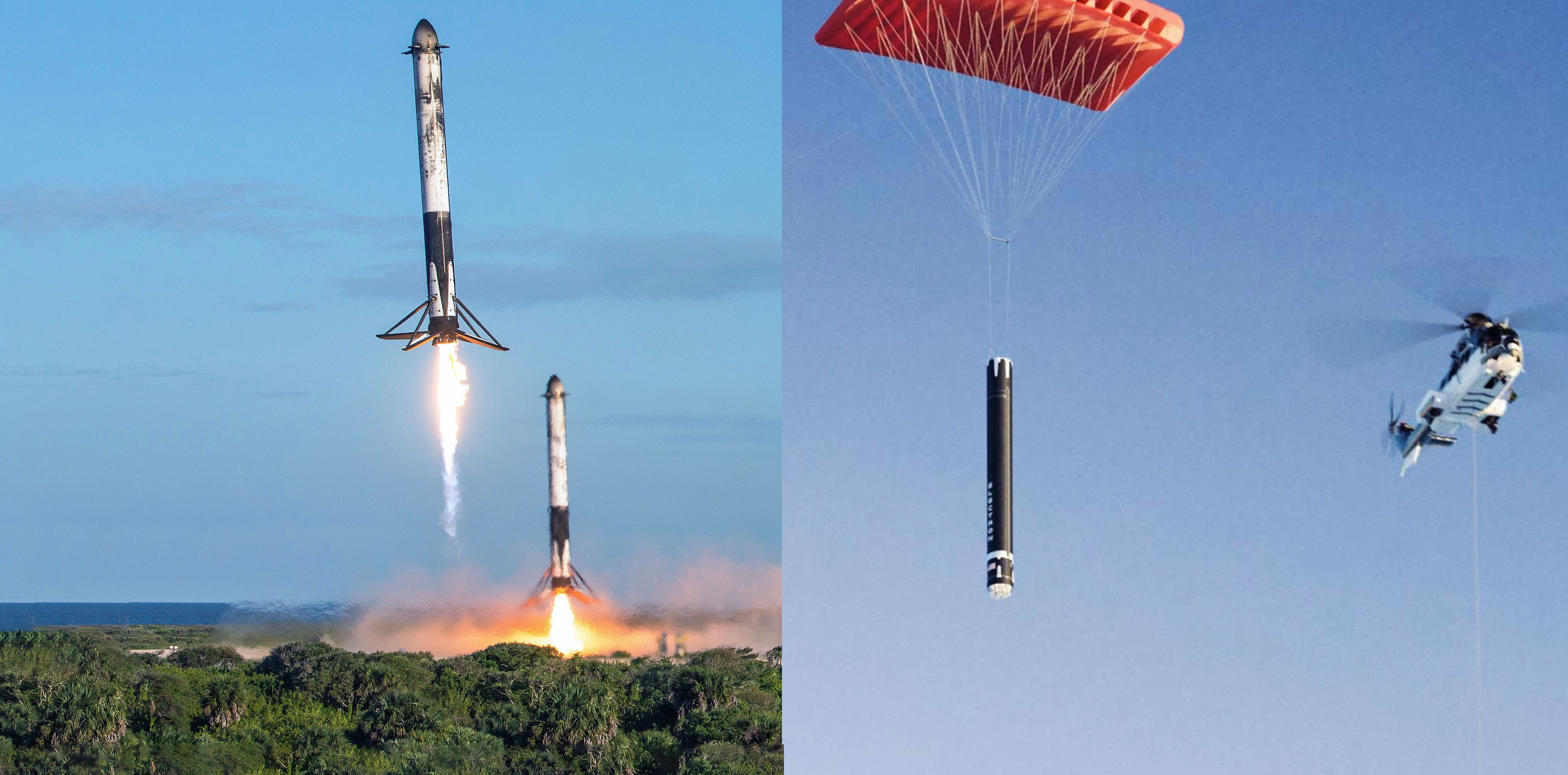

News
SpaceX’s Falcon 9 may soon have company as Rocket Lab reveals plans for Electron rocket reuse
The most prominent launcher of small carbon composite rockets, Rocket Lab, announced plans on Tuesday to recover the first stage of their Electron rocket and eventually reuse the boosters on future launches.
In short, CEO Peter Beck very humbly stated that he would have to eat his hat during the ~30-minute presentation, owing to the fact that he has vocally and repeatedly stated that Rocket Lab would never attempt to reuse Electron. If Rocket Lab makes it happen, the California and New Zealand-based startup will become the second entity on Earth (public or private) to reuse the boost stage of an orbital-class rocket, following SpaceX’s spectacularly successful program of Falcon 9 (and Heavy) recovery and reuse.
What is Rocket Lab?
Rocket Lab – headquartered in Huntington Beach, California – is unique among launch providers because they specialize in constructing and launching small carbon composite rockets that launch from the gorgeous Launch Complex 1 (LC-1) in Mahia, New Zealand. Their production facilities are located in Auckland, New Zealand, where they not only produce their own rockets but also 3D print Rutherford engines, the only orbital-class engine on Earth with an electric turbopump.

Electron’s 1.2-meter (4 ft) diameter body is built out of a super durable, lightweight carbon composite material that relies on custom Rocket Lab-developed coatings and techniques to function as a cryogenic propellant tank. It is powered by 9 liquid kerosene and oxygen (kerolox) Rutherford engines that rely on a unique electric propulsion cycle. The engine is also the only fully 3D-printed orbital-class rocket engine on Earth, with all primary components 3D-printed in-house at Rocket Lab’s Huntington Beach, CA headquarters. Pushed to the limits, a complete Rutherford engine can be printed and assembled in as few as 24 hours.
Currently, Rocket Lab is producing an Electron booster every 20-30 days and flies about once a month out of New Zealand. Since the first operational flight at the end of 2018 Rocket Lab has supported both commercial and government payloads. With a new launch complex (LC-2) coming online in Wallops, Virgina by the end of this year, they look to increase launch frequency, but also widen its market of customers. According to CEO Peter Beck, booster reuse could be a boon for Electron’s launch cadence.
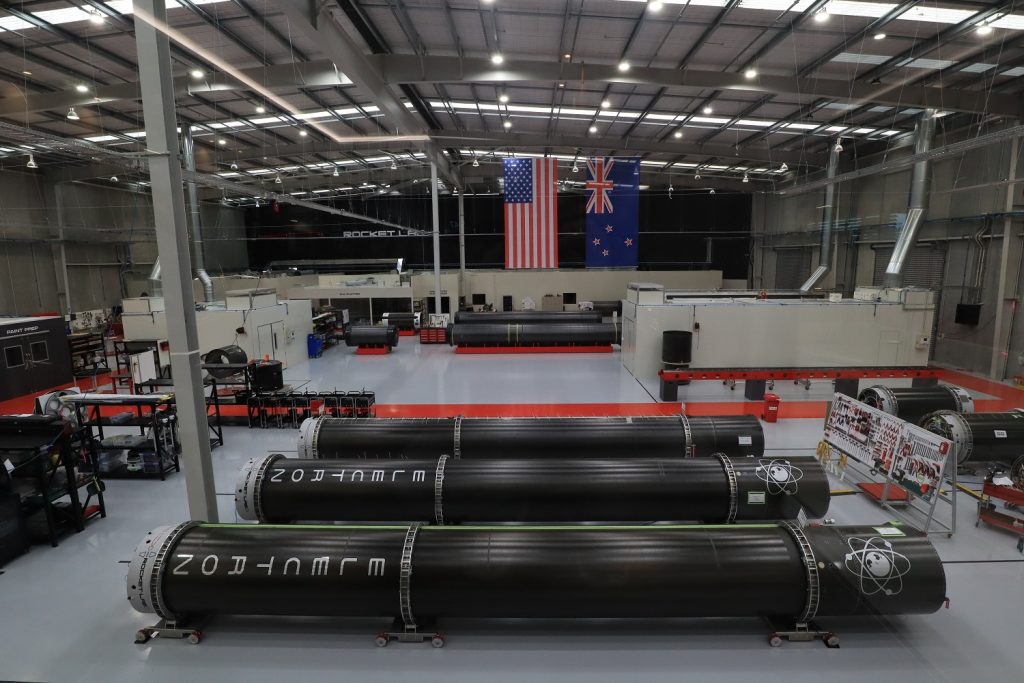
“Electron, but reusable.”
In the world of aerospace, SpaceX is effectively the only private spaceflight company (or entity of any kind) able to launch, land, and reuse orbital-class rockets, although other companies and space agencies have also begun to seriously pursue similar capabilities. Rocket Lab’s announcement certainly brings newfound interest to the private rocket launch community. Reuse of launch vehicle boosters – typically the largest and most expensive portion of any given rocket – is a fundamental multiplier for launch cadence and can theoretically decrease launch costs under the right conditions.
Rocket Lab hopes, more than anything, that recoverability will lead to an increase in their launch frequency and – at a minimum – a doubling of the functional production capacity of the company’s established Electron factory space. This will allow for more innovation and give the company more opportunities to “change the industry and, quite frankly, change the world,” according to founder and CEO Peter Beck.
Unlike like SpaceX’s Falcon 9, propulsive landing is not an option for the small Electron rocket. In fact, cost-effective recovery and reuse of vehicles as small as Electron was believed to be so difficult that Beck long believed (and openly stated) that Rocket Lab would never attempt the feat. Beck claims that in order to land a rocket on its end propulsively – by using engines to slow the booster while it hurdles back to Earth in the way the Falcon 9 booster does – would mean that their small rocket would have to scale up into the medium class of rockets. As Beck stated, “We’re not in the business of building medium-sized launch vehicles. We’re in the business of building small launch vehicles for dedicated customers to get to orbit frequently.”
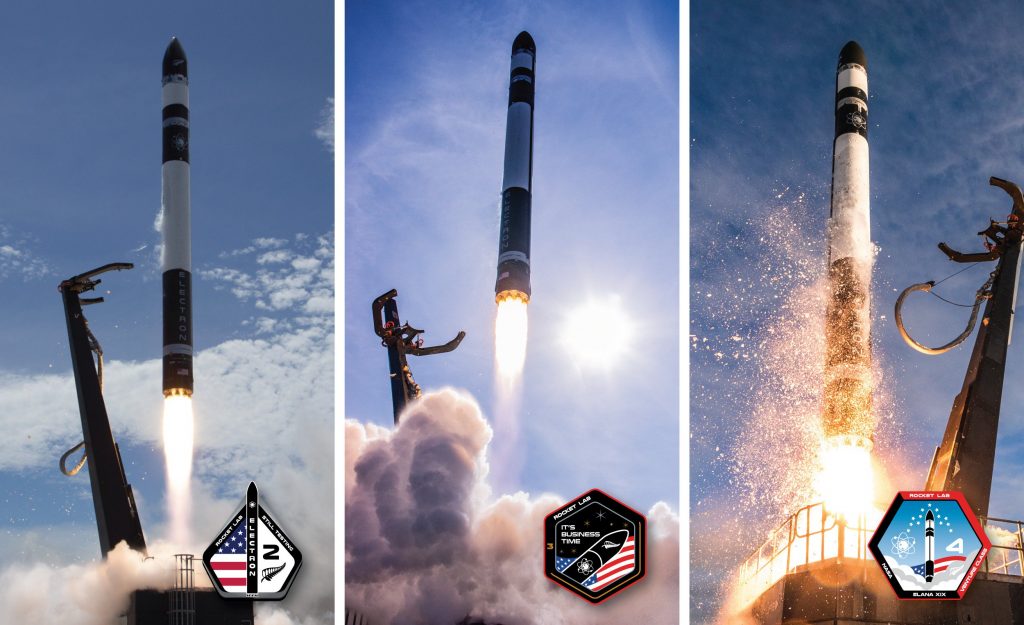
The main concern that Rocket Lab faces with the daunting task of not using propulsion to land is counteracting the immense amount of energy that the Electron will encounter on its return trip through the atmosphere. In order to return the booster in any sort of reusable condition they will have to decrease the amount of energy that the rocket is encountering which presents in the forms of heat and pressure from ~8 times the speed of sound to around 0.01 times the speed of sound. This decrease also needs to occur in around 70 seconds during re-entry and according to Beck “that’s a really challenging thing to do.” Beck went on further to explain that this really converts into dissipating about 3.5 gigajoules of energy which is enough energy to power ~57,000 homes.
Breaking through “The Wall”
When re-entering the atmosphere the energy that any spacecraft endures creates shockwaves of plasma which must be diverted away in order to protect the integrity of the spacecraft. An example of this can be seen during the re-entry of a SpaceX fairing half. Beck explains that “the plasma around those shockwaves is equal to about half the temperature of the (surface of the) sun” which can reach temperatures as high as 6,000 degrees fahrenheit. It also endures aerodynamic pressure equal to that of three elephants stacked on top of the Electron, according to Beck. His team refers to these challenges as breaking through “The Wall.”Beck explains that they will attempt to solve these problems differently using passive measures and aerodynamic decelerators.
The Wall is something that Beck and his team have been trying to tackle for some time now. Since the Electron began operational flights at the end of 2018 data has been collected to inform the problem solving process. In total Electron has successfully completed 7 flights, with its 8th scheduled to occur within the coming days. Beck explains that flights 6 and 7 featured data collection done through 15,000 different collection channels on board of Electron. The upcoming eighth flight will feature an advanced data recording system nicknamed Brutus. This new recording system will accompany Electron on the descent, but will survive while the booster breaks up as usual. It will then be collected and the data will be evaluated and used to further inform the decision making process for how to best help Electron survive its fall back to Earth.
Catching rockets with helicopters
Once Rocket Lab breaks through The Wall and effectively returns Electron without harm, the booster will need to be collected before splashing down into corrosive saltwater. This was demonstrated to be done via helicopter which according to Beck is “super easy.”
An animation depicts a helicopter leaving a dedicated recovery vessel to capture the Electron booster after it deploys a parafoil and begins gliding. The helicopter will intercept the booster’s parachute using a hook and will then carry the booster back to the recovery vessel, where technicians will carefully secure it.
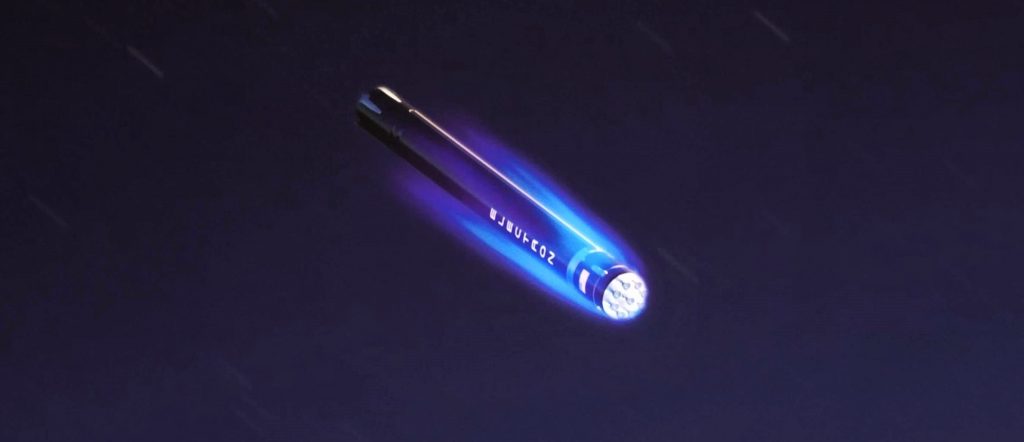
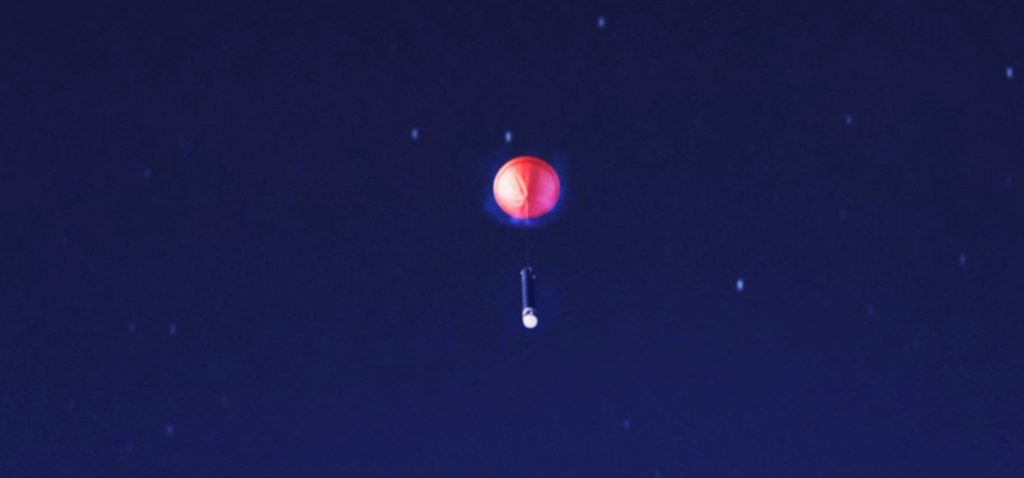

The entire goal of recovering a booster is to be able to reuse it quickly. Beck explains that since Electron is an “electric turbopump vehicle…in theory, we should be able to put it back on the pad, charge the batteries up, and go again.”
Although this goal is ambitious, it is one that – if achieved – will significantly impact the launch community in very positive ways. Not only will the option of rapid reusability open up, but so will opportunity for more agencies to engage in the world of satellite deployment. The Electron currently costs anywhere between $6.5 – 7 million per launch to fly. If the production cost of a new booster is removed space becomes attainable for many more customers.
Check out Teslarati’s Marketplace! We offer Tesla accessories, including for the Tesla Cybertruck and Tesla Model 3.
Elon Musk
Tesla investors will be shocked by Jim Cramer’s latest assessment
Jim Cramer is now speaking positively about Tesla, especially in terms of its Robotaxi performance and its perception as a company.
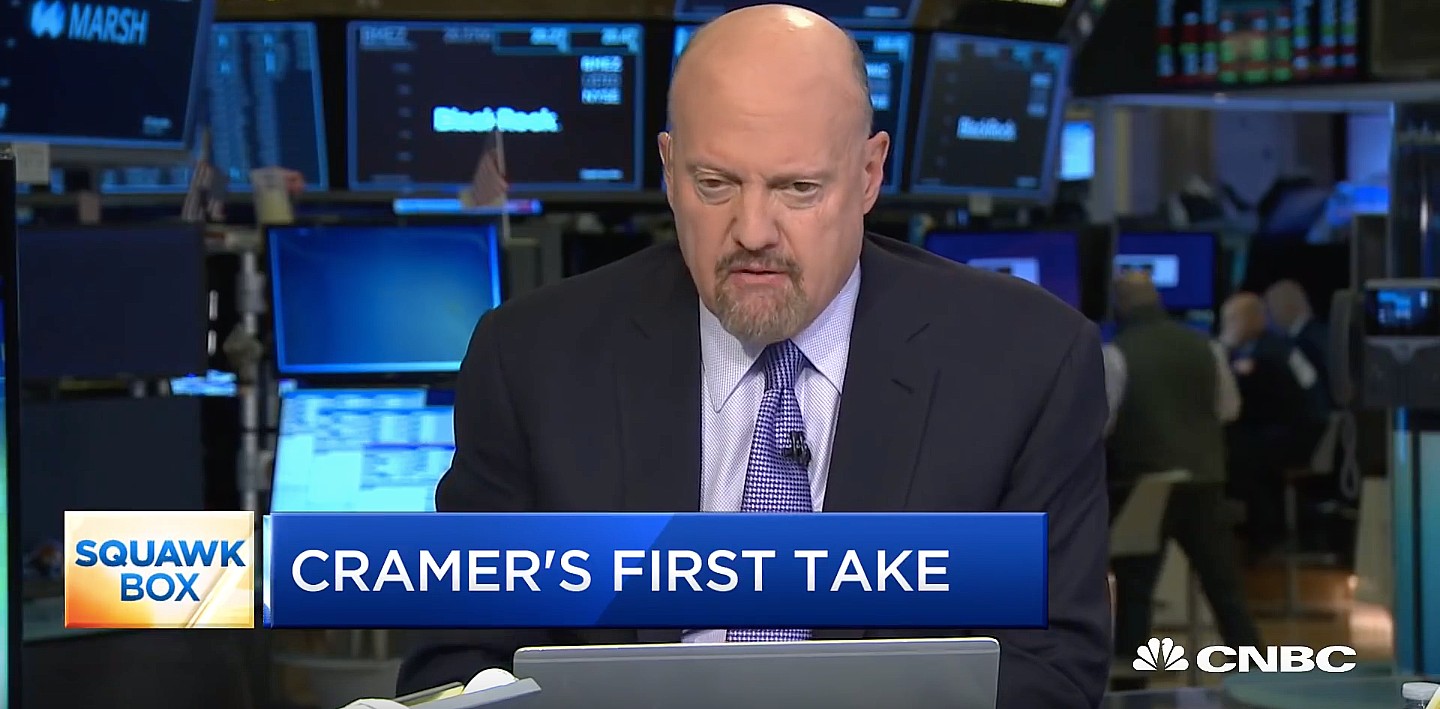
Tesla investors will be shocked by analyst Jim Cramer’s latest assessment of the company.
When it comes to Tesla analysts, many of them are consistent. The bulls usually stay the bulls, and the bears usually stay the bears. The notable analysts on each side are Dan Ives and Adam Jonas for the bulls, and Gordon Johnson for the bears.
Jim Cramer is one analyst who does not necessarily fit this mold. Cramer, who hosts CNBC’s Mad Money, has switched his opinion on Tesla stock (NASDAQ: TSLA) many times.
He has been bullish, like he was when he said the stock was a “sleeping giant” two years ago, and he has been bearish, like he was when he said there was “nothing magnificent” about the company just a few months ago.
Now, he is back to being a bull.
Cramer’s comments were related to two key points: how NVIDIA CEO Jensen Huang describes Tesla after working closely with the Company through their transactions, and how it is not a car company, as well as the recent launch of the Robotaxi fleet.
Jensen Huang’s Tesla Narrative
Cramer says that the narrative on quarterly and annual deliveries is overblown, and those who continue to worry about Tesla’s performance on that metric are misled.
“It’s not a car company,” he said.
He went on to say that people like Huang speak highly of Tesla, and that should be enough to deter any true skepticism:
“I believe what Musk says cause Musk is working with Jensen and Jensen’s telling me what’s happening on the other side is pretty amazing.”
Tesla self-driving development gets huge compliment from NVIDIA CEO
Robotaxi Launch
Many media outlets are being extremely negative regarding the early rollout of Tesla’s Robotaxi platform in Austin, Texas.
There have been a handful of small issues, but nothing significant. Cramer says that humans make mistakes in vehicles too, yet, when Tesla’s test phase of the Robotaxi does it, it’s front page news and needs to be magnified.
He said:
“Look, I mean, drivers make mistakes all the time. Why should we hold Tesla to a standard where there can be no mistakes?”
It’s refreshing to hear Cramer speak logically about the Robotaxi fleet, as Tesla has taken every measure to ensure there are no mishaps. There are safety monitors in the passenger seat, and the area of travel is limited, confined to a small number of people.
Tesla is still improving and hopes to remove teleoperators and safety monitors slowly, as CEO Elon Musk said more freedom could be granted within one or two months.
News
Tesla launches ultra-fast V4 Superchargers in China for the first time
Tesla has V4 Superchargers rolling out in China for the first time.
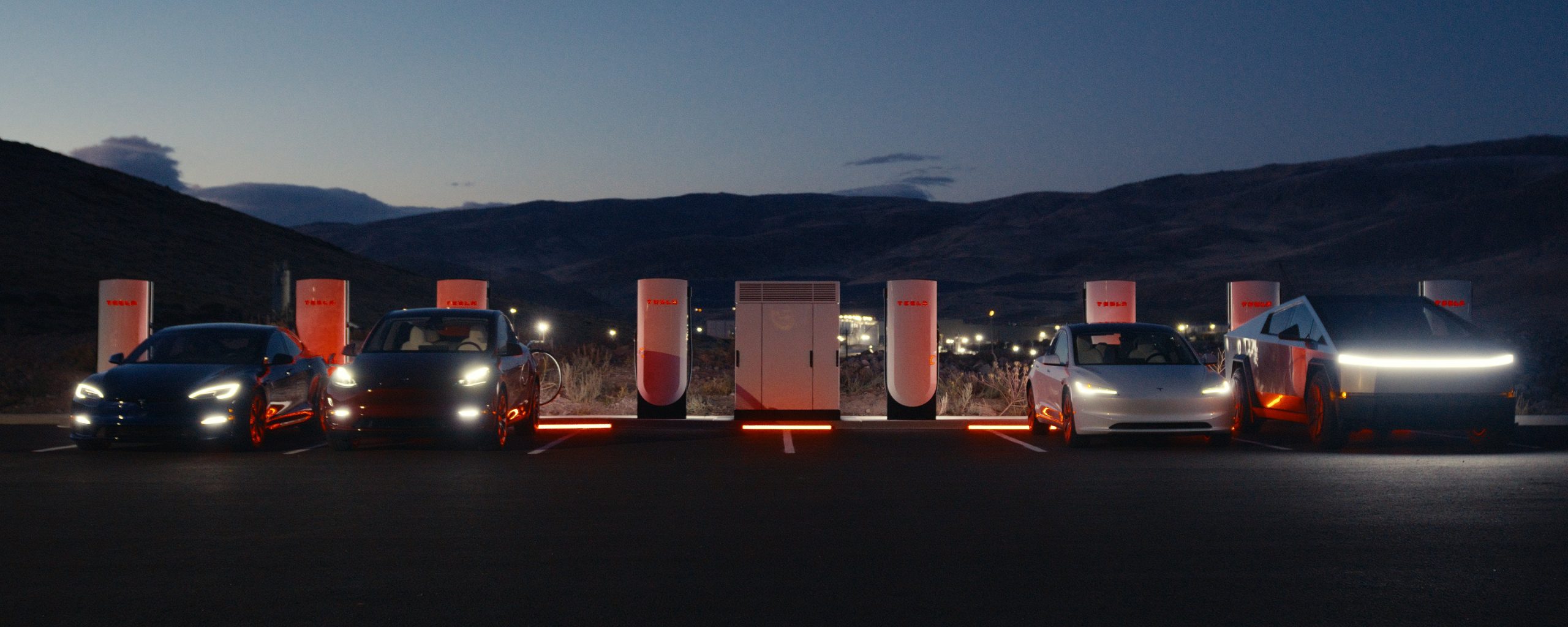
Tesla already has nearly 12,000 Supercharger piles across mainland China. However, the company just initiated the rollout of the ultra-fast V4 Superchargers in China for the first time, bringing its quick-charging piles to the country for the first time since their launch last year.
The first batch of V4 Superchargers is now officially up and running in China, the company announced in a post on Chinese social media outlet Weibo today.
The company said in the post:
“The first batch of Tesla V4 Superchargers are online. Covering more service areas, high-speed charging is more convenient, and six-layer powerful protection such as rain and waterproof makes charging very safe. Simultaneously open to non-Tesla vehicles, and other brands of vehicles can also be charged. There are more than 70,000 Tesla Superchargers worldwide. The charging network layout covers 100% of the provincial capitals and municipalities in mainland China. More V4 Superchargers will be put into use across the country. Optimize the charging experience and improve energy replenishment efficiency. Tesla will accompany you to the mountains, rivers, lakes, and seas with pure electricity!”
The first V4 Superchargers Tesla installed in China are available in four cities across the country: Shanghai, Zhejiang, Gansu, and Chongqing.
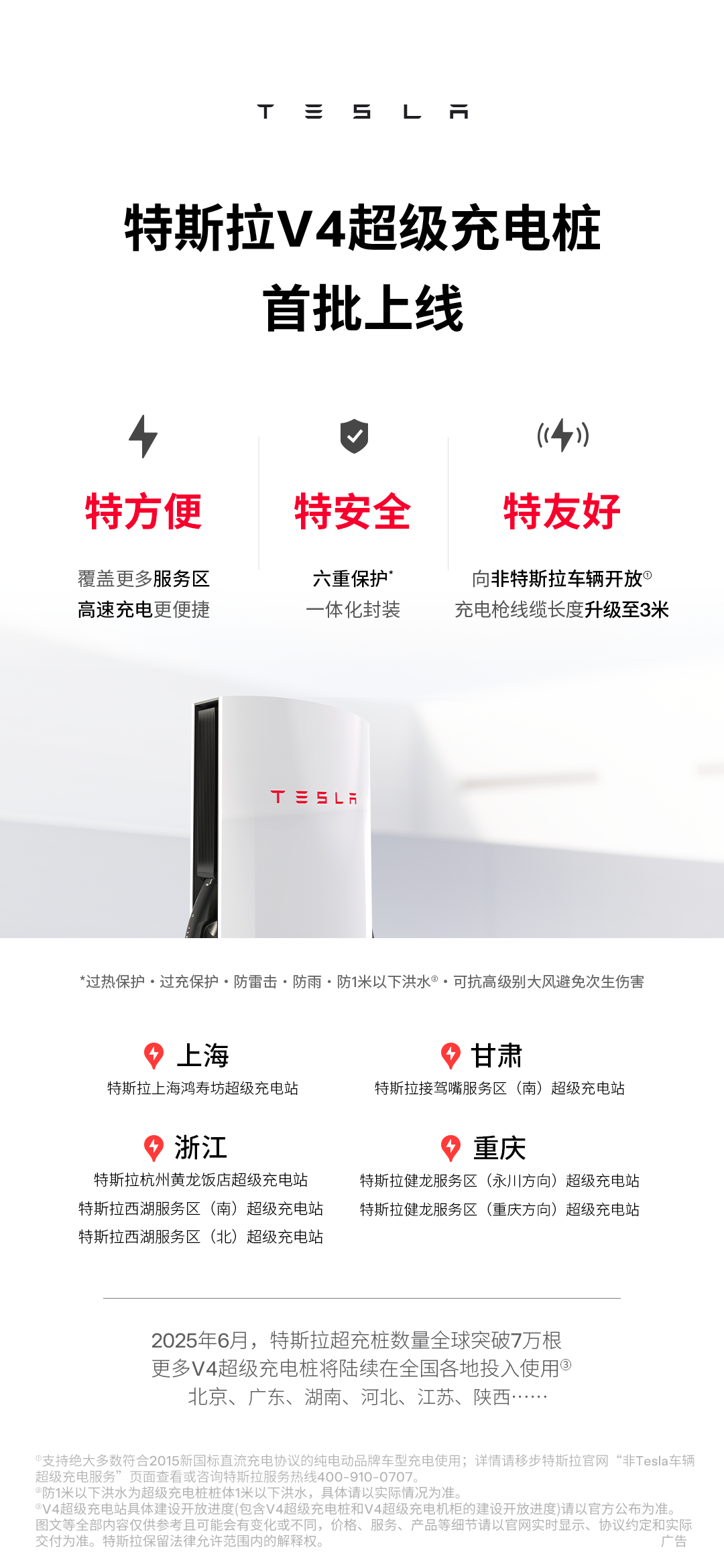
Credit: Tesla China
Tesla has over 70,000 Superchargers worldwide. It is the most expansive and robust EV charging network in the world. It’s the main reason why so many companies have chosen to adopt Tesla’s charging connector in North America and Europe.
In China, some EVs can use Tesla Superchargers as well.
The V4 Supercharger is capable of charging vehicles at speeds of up to 325kW for vehicles in North America. This equates to over 1,000 miles per hour of charging.
Elon Musk
Elon Musk hints at when Tesla could reduce Safety Monitors from Robotaxi
Tesla could be reducing Safety Monitors from Robotaxi within ‘a month or two,’ CEO Elon Musk says.

Elon Musk hinted at when Tesla could begin reducing Safety Monitors from its Robotaxis. Safety Monitors are Tesla employees who sit in the front passenger seat during the driverless rides, and are there to ensure safety for occupants during the earliest rides.
Tesla launched its Robotaxi fleet in Austin last Sunday, and after eight days, videos and reviews from those who have ridden in the driverless vehicles have shown that the suite is safe, accurate, and well coordinated. However, there have been a few hiccups, but nothing that has put anyone’s safety in danger.
A vast majority — close to all of the rides — at least according to those who have ridden in the Robotaxi, have been performed without any real need for human intervention. We reported on what was the first intervention last week, as a Safety Monitor had to step in and stop the vehicle in a strange interaction with a UPS truck.
Watch the first true Tesla Robotaxi intervention by safety monitor
The Tesla and UPS delivery truck were going for the same street parking space, and the Tesla began to turn into it. The UPS driver parallel parked into the spot, which was much smaller than his truck. It seemed to be more of an instance of human error instead of the Robotaxi making the wrong move. This is something that the driverless cars will have to deal with because humans are aggressive and sometimes make moves they should not.
The Safety Monitors have not been too active in the vehicles. After all, we’ve only seen that single instance of an intervention. There was also an issue with the sun, when the Tesla braked abnormally due to the glare, but this was an instance where the car handled the scenario and proceeded normally.
With the Robotaxi fleet operating impressively, some are wondering when Tesla will begin scaling back both the Safety Monitors and Teleoperators that it is using to ensure safety with these early rides.
CEO Elon Musk answered the inquiry by stating, “As soon as we feel it is safe to do so. Probably within a month or two.”
As soon as we feel it is safe to do so.
Probably within a month or two. We continue to improve the Tesla AI with each mile driven.
— Elon Musk (@elonmusk) June 30, 2025
Musk’s response seems to confirm that there will be fewer Teleoperators and Safety Monitors in the coming months, but there will still be some within the fleet to ensure safety. Eventually, that number will get to zero.
Reaching a point where Tesla’s Robotaxi is driverless will be another significant milestone for the company and its path to fully autonomous ride-sharing.
Eventually, Tesla will roll out these capabilities to consumer-owned vehicles, offering them a path to generate revenue as their car operates autonomously and completes rides.
For now, Tesla is focusing on perfecting the area of Austin where it is currently offering driverless rides for just $4.20 to a small group of people.
-

 News5 days ago
News5 days agoTesla Robotaxi’s biggest challenge seems to be this one thing
-
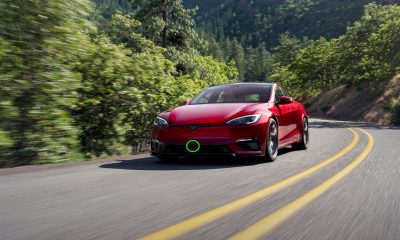
 News2 weeks ago
News2 weeks agoTesla confirms massive hardware change for autonomy improvement
-

 Elon Musk2 weeks ago
Elon Musk2 weeks agoElon Musk slams Bloomberg’s shocking xAI cash burn claims
-
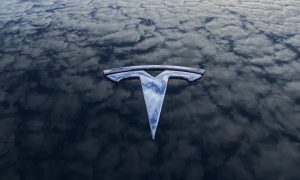
 News2 weeks ago
News2 weeks agoTesla features used to flunk 16-year-old’s driver license test
-

 News2 weeks ago
News2 weeks agoTesla China roars back with highest vehicle registrations this Q2 so far
-

 News2 weeks ago
News2 weeks agoTexas lawmakers urge Tesla to delay Austin robotaxi launch to September
-

 News2 weeks ago
News2 weeks agoTesla dominates Cars.com’s Made in America Index with clean sweep
-

 News2 weeks ago
News2 weeks agoTesla’s Grok integration will be more realistic with this cool feature












